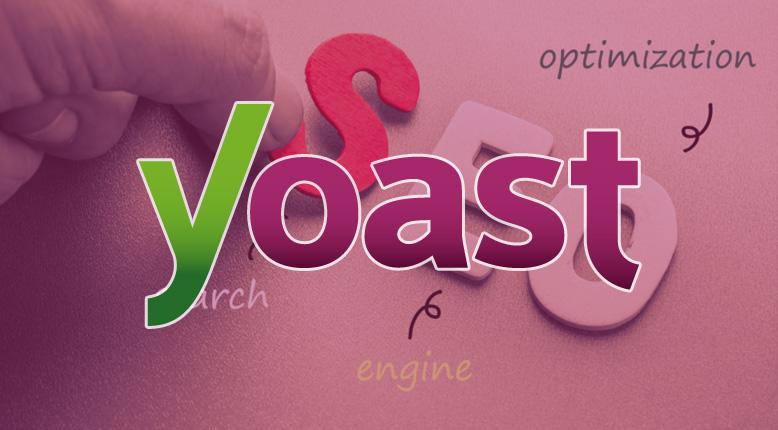News Courtesy of Yoast.com:
What is visual search?
Visual search consists of every search that uses real-world images like photos or screenshots as a starting point. Every time you point your Google Lens camera at a piece of clothing, you are performing a visual search. Whenever you use Pinterest to do a style match, you are doing a visual search. Visual search answers questions like: “Show me stuff that’s kinda like that but different”, or “I don’t know what I want, but I’ll know it when I see it”.
It’s not just style matching that awesome outfit you saw or finding out what type of chair is in that hipster interior, it going much farther than that and still we’re only at the beginning. Photo apps can read text in images and translate it. Computer vision can recognize tons of entities, from celebrities to logos and from landmarks to handwriting. At the moment, visual search is making waves in the fashion and home decor sectors, with big brands like Amazon, Macy’s, ASOS and Wayfair leading the way.
Research shows consumers are very interested in using visual search as part of their shopping experience. What’s more, a recent Sparktoro article uncovered that Google Images is the second largest player in the search engine market with 21% of searches starting there. Images are here to stay.
Call me old fashioned, but I thought searching by entering text would always be the dominant method of looking up things. That rationale was backed up by over two decades of users typing in their queries. Of course, in hindsight, I realize a lack of alternatives is most likely the primary reason why.
We’re only a few years into voice search and already that is growing exponentially. It seems like every major tech corporation has a smart assistant these days. I wasn’t impressed early on, but then as I played with my Pixel 3, I was charmed by the AI’s witty responses. I guess I expected voice results to be a mish-mash of long and inane speech. It was surprising to me that, while not perfect, answers and responses were concise and to the point.
My similar misconceptions about Pinterest lead me to believe that it was a social bookmarking site tailored for women. It wasn’t until I started using Pinterest for business that I understood how different it was than from my expectations. Simply by creating an attractive graphic with some focal point text, you can drive traffic to your website. Once I knew that it was more like a souped-up Google Images and the potential to be had from exposure via Pinterest, it changed my view of social media.
No longer do I think that Facebook and Twitter are the absolute best ways to share content. Instead, visual showcase websites such as Pinterest and Instagram have shifted my marketing strategy. They say a picture is worth a thousand words and now that is clearer than ever. Especially given the short attention span that society has today.
It would be foolish to think that text queries will disappear completely. There will always be complex questions too sophisticated for voice or visual search. Just like there will be times where quiet or silence is necessary and an object of desire isn’t available to take a picture of. However, if you’re not jumping on the visual search (and voice search) bandwagon, you’re missing out on gaining an audience.



